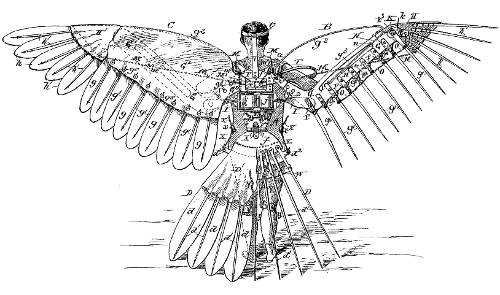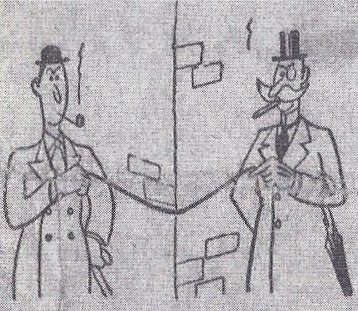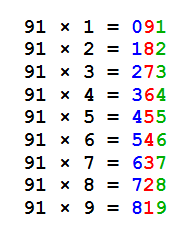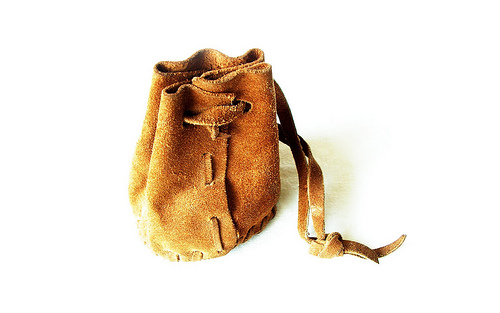expergefaction
n. waking up
matutolypea
n. ill humor in the morning; “getting up on the wrong side of the bed”
“An Extraordinary Sleeper at Newcastle”
In the year 1752, during the summer, the following particulars happened at Newcastle, in Staffordshire, related by a lady of discernment and veracity, who went to see the sleeper several times. She was a girl about 19 years of age; she slept 14 weeks, without waking, although several methods were tried to wake her, as bleeding, blistering, &c.; in all which time she took no sustenance, except about nine o’clock every night, she opened her mouth, and then some person that attended her, dipped a feather in wine, and with that wetted the inside of her mouth. Her father often gave her an airing in a horse chair, and sometimes took her several miles, to have the advice of the physicians; but neither the motion of travelling, nor any thing the physicians could do, could awake her; she appeared to be healthy all the time, breathed freely, and her pulse beat very regularly, but rather too slow; she never moved herself all the time, except once, it is thought, she moved one leg. When she awaked, it was very gradually, being two or three days from the time she began to stir and open her eyes, before she was quite awake, and then seemed to be very well, but complained of faintness. I heard, last summer, that she had good health, and had no return of her sleepiness.
— Gentleman’s Magazine, 1753, quoted in Kirby’s Wonderful and Eccentric Museum, 1820





